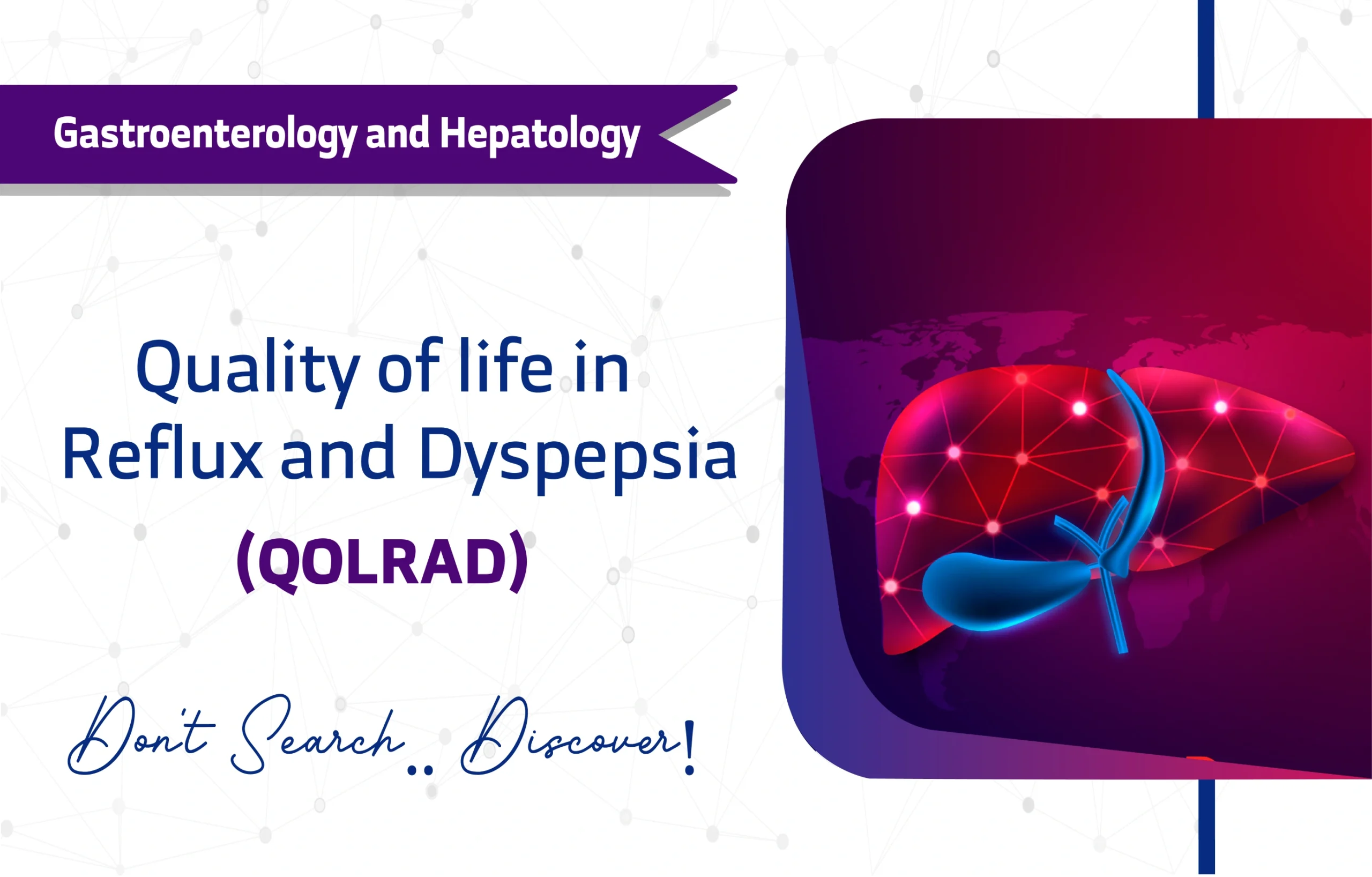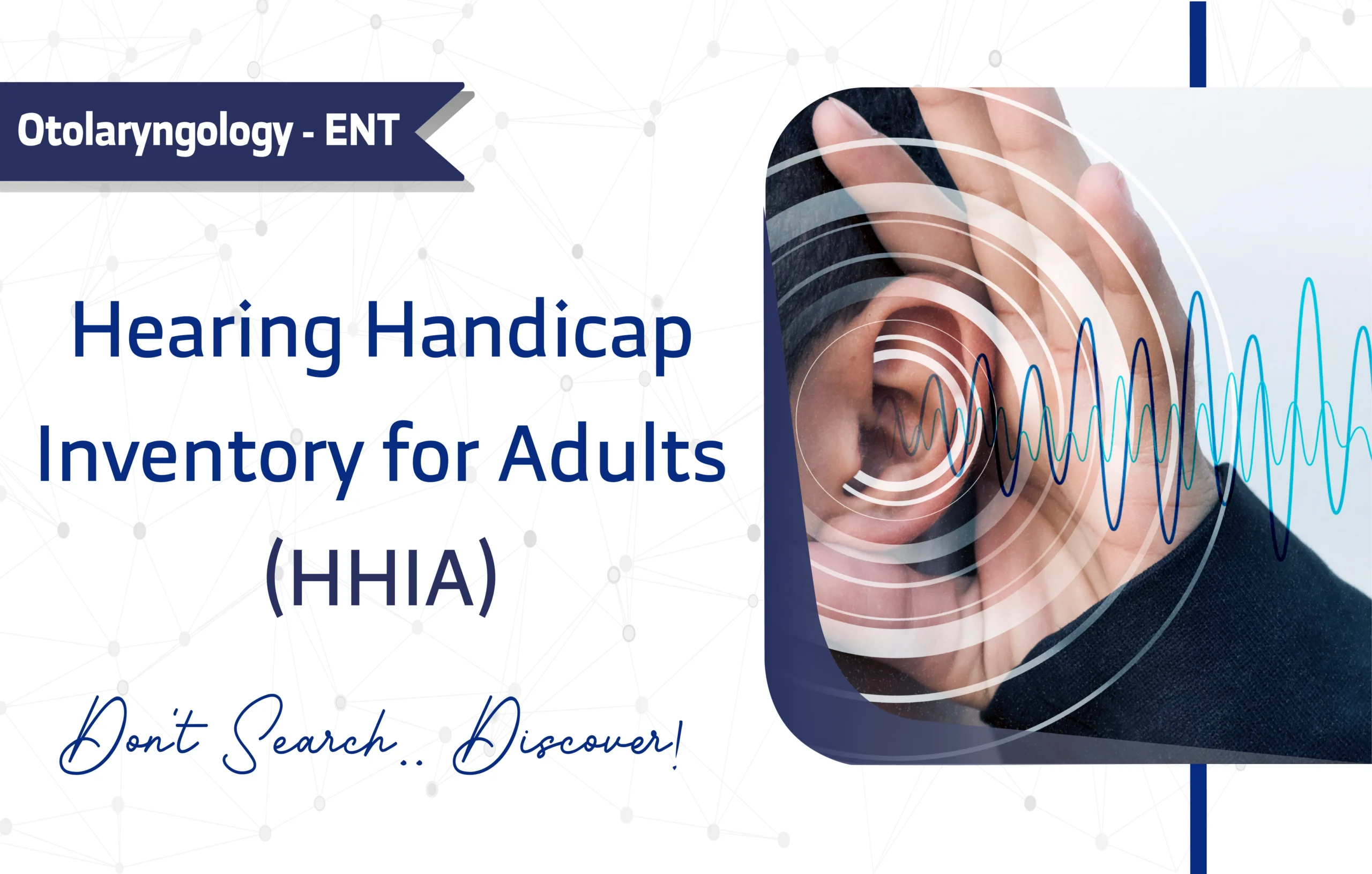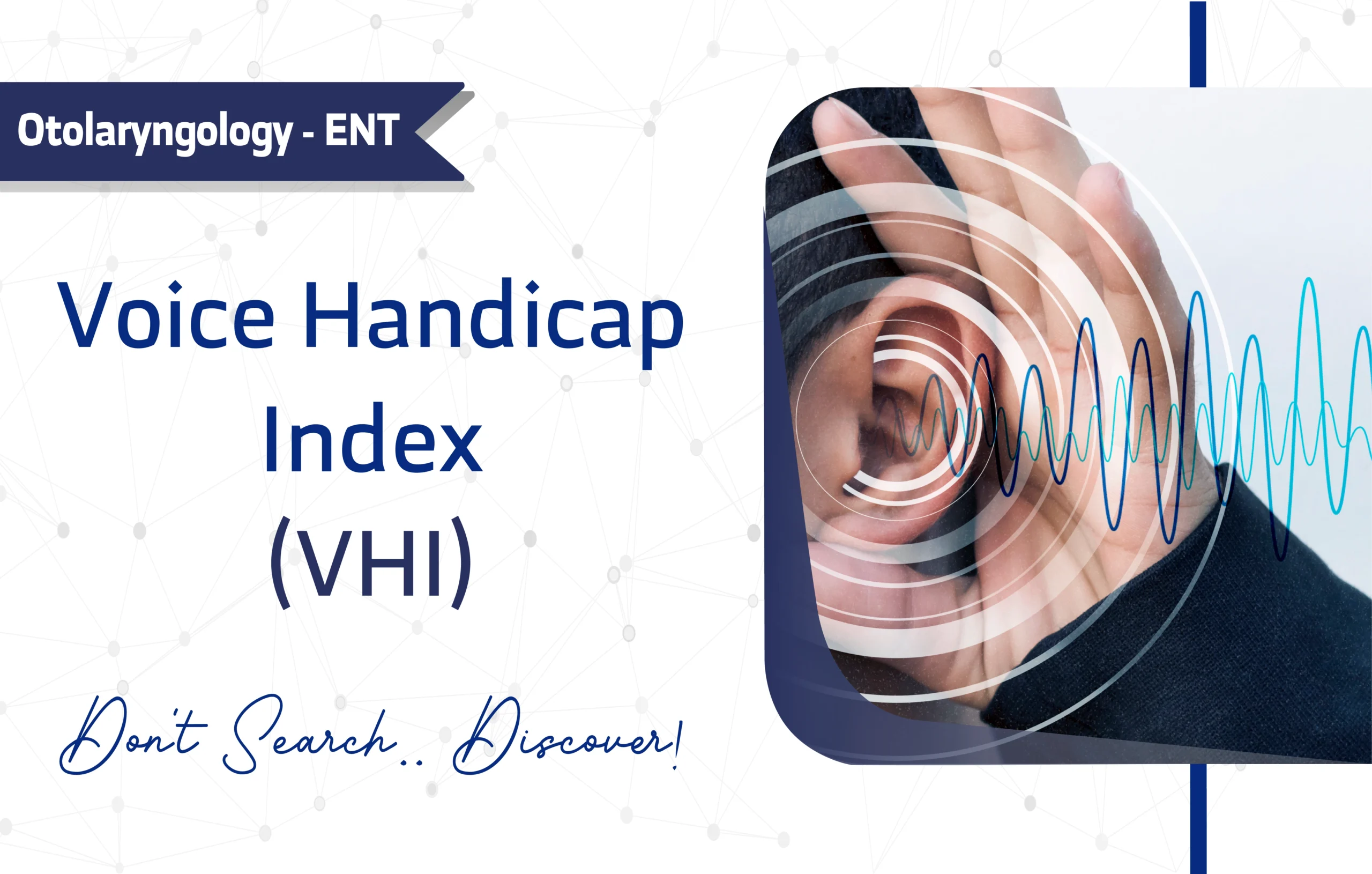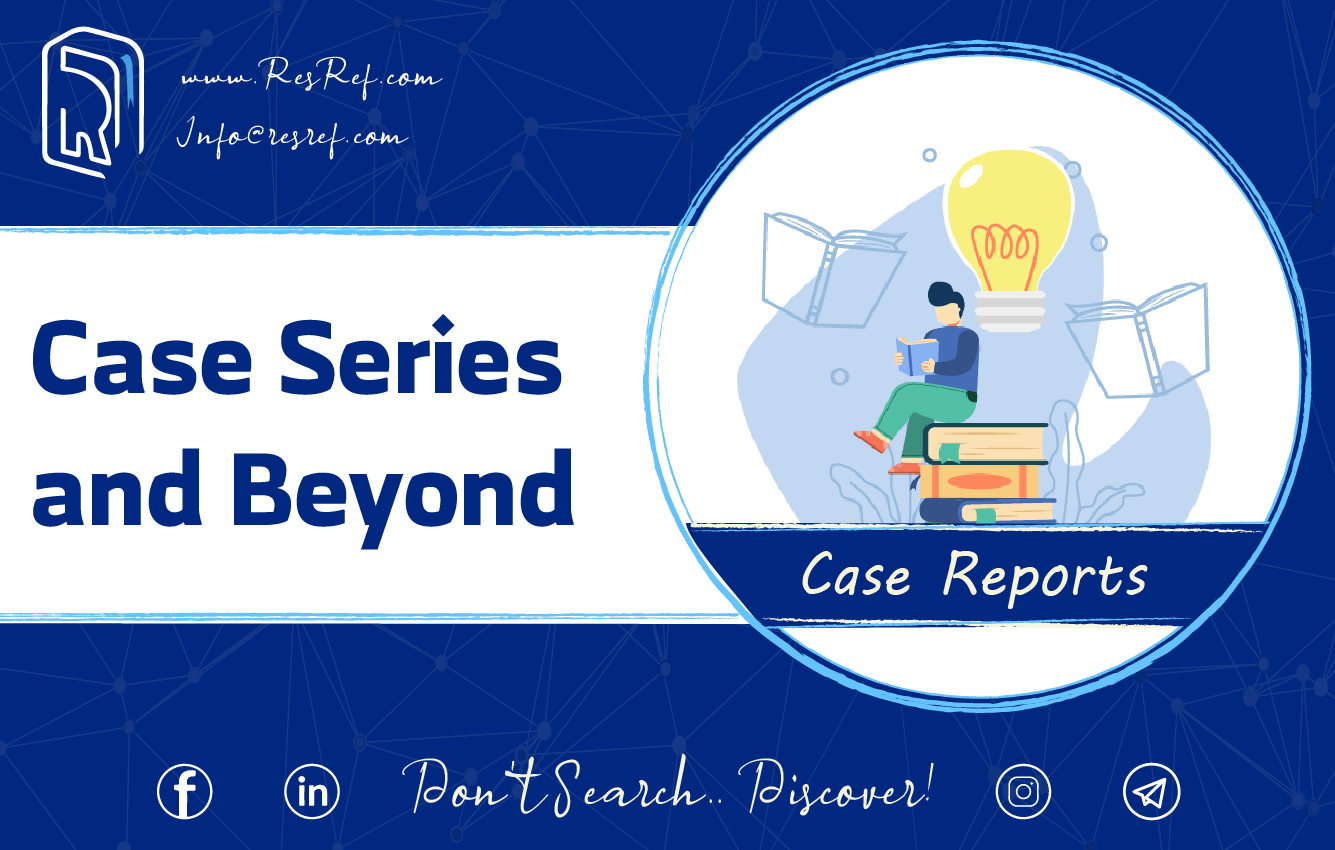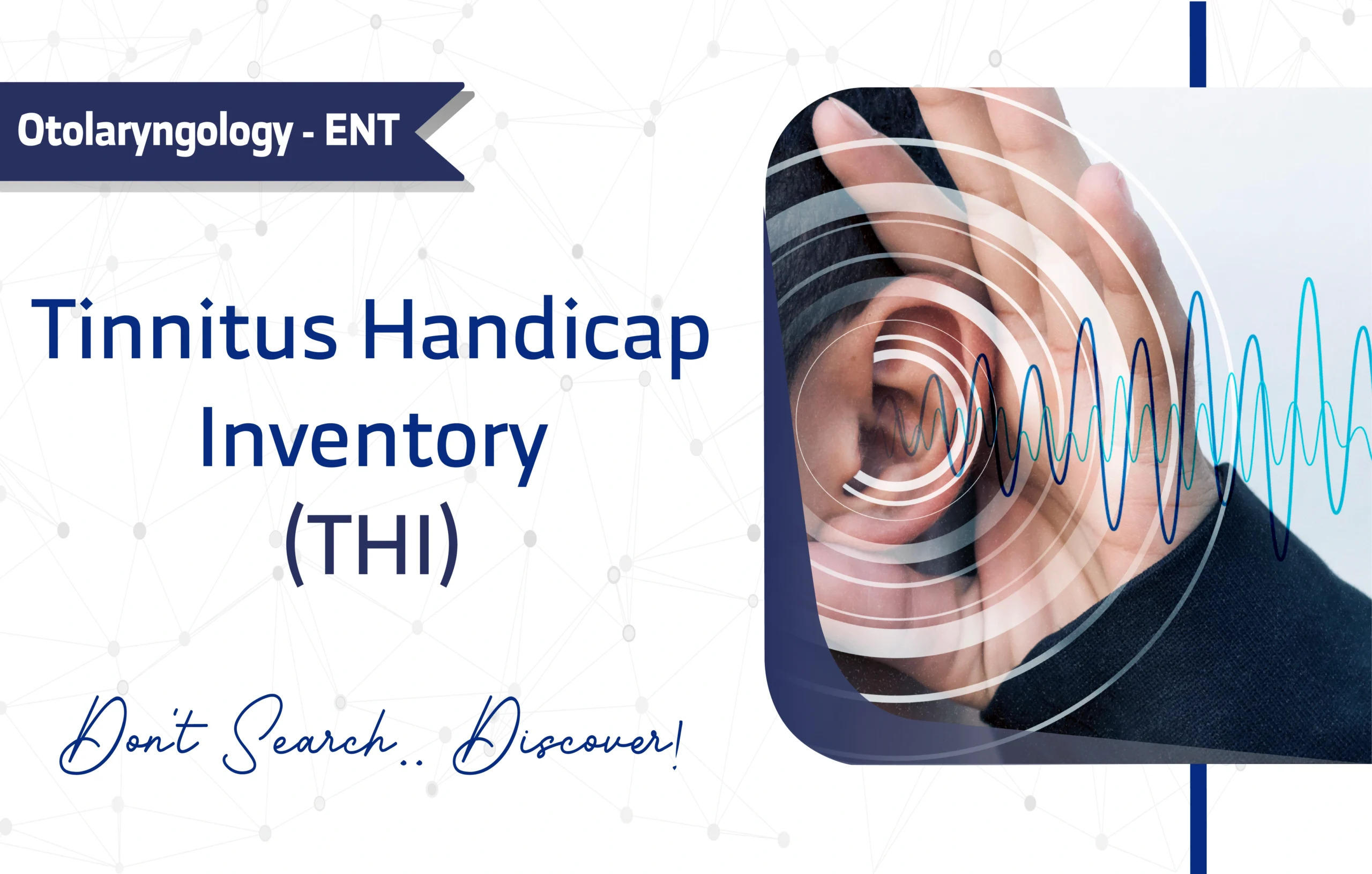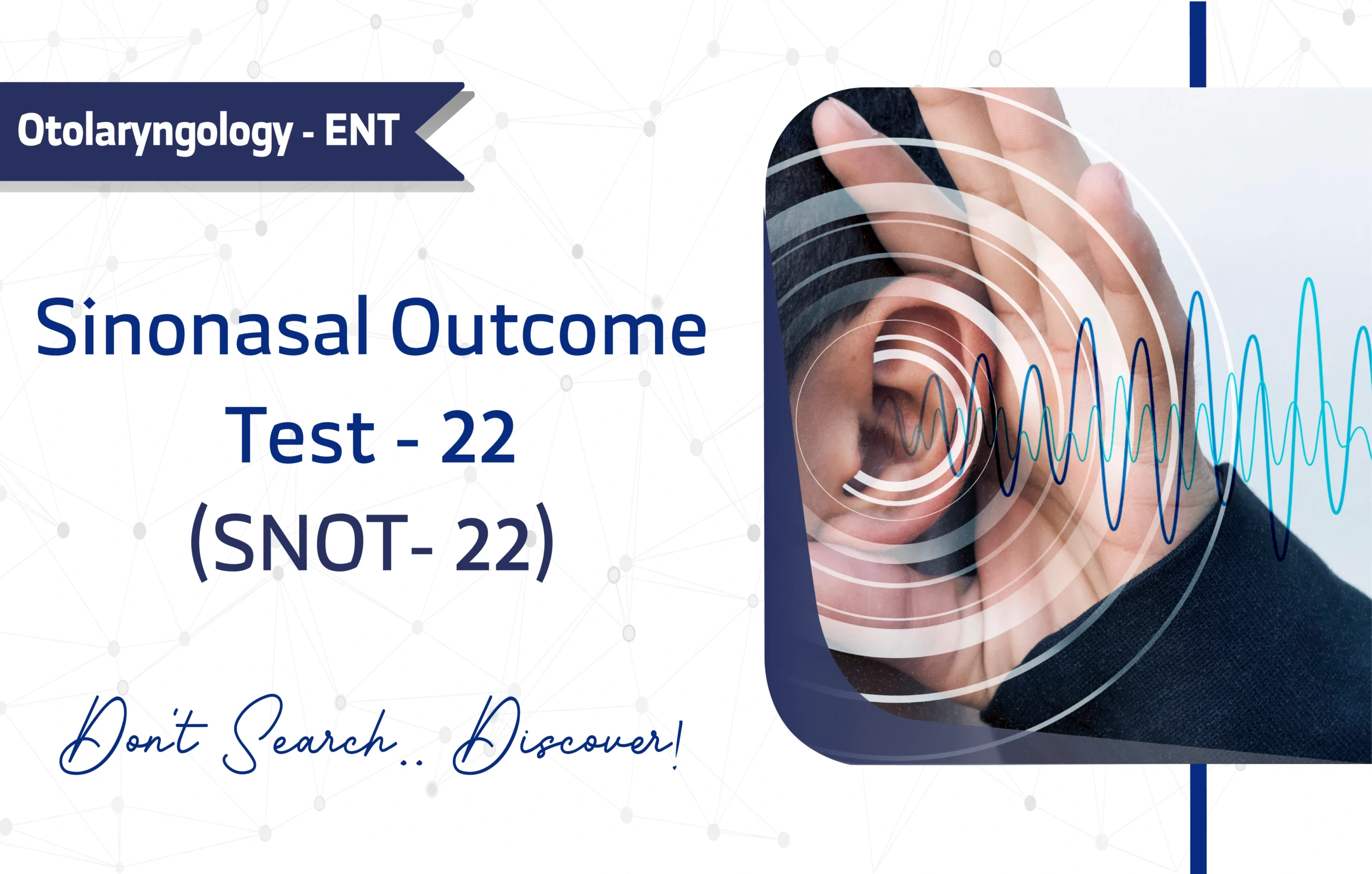Introduction
Gastroesophageal reflux disease (GERD) and dyspepsia often disrupt daily life, leading to significant emotional and physical challenges. Therefore, the Quality of Life in Reflux and Dyspepsia Questionnaire (QOLRAD) serves as an essential tool for quantifying these impacts. Developed by Wiklund IK and colleagues in 1998, this 25-item questionnaire evaluates health-related quality of life (HRQOL) in patients with upper gastrointestinal disorders. With over 350 citations on Google Scholar, its disease-specific focus and strong psychometric properties make it a preferred choice for clinicians and researchers. Moreover, studies have confirmed its utility in clinical trials and patient monitoring.
As a result, this article delivers a detailed overview of the QOLRAD, covering its structure, scoring, and applications to enhance gastrointestinal health outcomes.
Key Featuseres of the Quality of Life in Reflux and Dyspepsia Questionnaire (QOLRAD)
Purpose and Use
The QOLRAD specifically measures the impact of GERD and dyspepsia symptoms on daily functioning and HRQOL. In addition, it addresses patient concerns in these conditions through a short, user-friendly format with excellent psychometric properties. Unlike general quality-of-life tools, its targeted design ensures relevance for individuals experiencing reflux or dyspepsia symptoms.
Target Population
The QOLRAD targets adults aged 18 and older, including:
- Young Adults (18-24 years)
- Middle-Aged Adults (25-44 years)
- Older Adults (45-64 years)
- Seniors (65+ years)
It suits patients with GERD or dyspepsia in gastroenterology settings. However, it lacks validation for children or adolescents.
Structure
The QOLRAD includes 25 items divided into five subscales:
- Emotional Distress (e.g., anxiety, frustration).
- Sleep Disturbance (e.g., insomnia due to symptoms).
- Food/Drink Problems (e.g., dietary restrictions).
- Physical/Social Functioning (e.g., work, social life).
- Vitality.
Each item uses a 7-point Likert scale (1 = All of the time/most impaired, 7 = None of the time/no impairment), allowing precise responses.
Scoring Method
Respondents rate items on a 7-point Likert scale :
- 1 All of the time (most impaired)
- 2 Most of the time
- 3 A good bit of the time
- 4 Some of the time
- 5 A little of the time
- 6 Hardly any of the time
- 7 None of the time (no impairment, best QOL)
yielding a total score and subscale means. Higher scores indicate better quality of life. For instance, domain scores equal the mean of related items, helping identify specific impairments like emotional distress. Although no universal cut-off exists, researchers often compare scores pre- and post-treatment to detect changes. Thus, clinicians can use elevated impairment scores to guide interventions.
Administration Format
The QOLRAD takes 5-10 minutes to complete, fitting well in busy environments. Furthermore, it supports various methods:
- Paper-based forms
- Digital (online) platforms
- Interview (In-person)
Applications of Quality of Life in Reflux and Dyspepsia Questionnaire (QOLRAD)
The QOLRAD provides flexible uses in gastroenterology:
- Screening: Detects patients with notable HRQOL impacts from symptoms.
- Monitoring: Observes changes during treatment or over time.
- Treatment Planning: Informs personalized therapies based on subscale insights.
- Research: Facilitates studies on gastrointestinal disease effects and interventions.
For example, a high food/drink problems score might prompt dietary counseling, while researchers leverage it to analyze trends in clinical trials.
Languages and availability
To promote worldwide use, the QOLRAD is translated into multiple languages, such as:
- English
- German
- Japanese
- Polish
- Afrikaans
- Hungarian
- Persian
- Nordic languages (Swedish, Norwegian, Finnish, Danish)
This diversity expands its application in international research.
Importantly, users must obtain permission for use, with potential fees for commercial purposes.
Reliability and Validity
The QOLRAD exhibits robust psychometric qualities, with an overall Cronbach’s alpha of 0.97, signifying high internal consistency. Validation studies affirm its reliability and validity across cultures. Consequently, its sensitivity to symptom changes makes it ideal for tracking HRQOL in GERD and dyspepsia patients.
- Original validation study study link
- German validation study link
- Turkish validation study link
- Iranian validation study link
Limitations and Considerations
Despite its strengths, the QOLRAD has several limitations:
- Self-report: Responses may be influenced by personal interpretation or social desirability bias.
- Narrow Focus: It may not capture all psychological factors, especially in patients with fluctuating symptoms.
- Cultural Bias: Some items may not fully resonate across diverse cultural contexts, potentially affecting response accuracy.
- Limited Validation Studies: Further validation is needed for certain populations to ensure broader applicability.
Other Versions And Related Questionnaires
Short-form versions are not documented in available sources. Nevertheless, the QOLRAD pairs well with complementary tools such as:
- Gastrointestinal Symptoms Rating Scale (GSRS)
- Severity of Dyspepsia Assessment (SODA)
- The Nepean Dyspepsia Index (NDI)
- Dyspepsia Symptom Severity Index (DSSI)
These enhance comprehensive assessments of gastrointestinal health.
Additional Resources
- A direct link to the Original Validation Study
- To access the questionnaire as a PDF contact publisher for full access.
- For inquiries, contact Wiklund IK, the first author of the questionnaire at wiklund@astrazeneca.com or ingela.wiklund@gu.se .
Frequently Asked Questions (FAQ)
- Who can use the QOLRAD?
Clinicians, researchers, and healthcare providers use the QOLRAD for patients aged 18 and older with gastrointestinal diseases. - How long does it take to complete the QOLRAD?
Patients typically take 5 to 10 minutes to complete the QOLRAD, which makes it feasible for use in clinical and research settings. - How is the QOLRAD administered?
Healthcare teams can administer the questionnaire via paper, digital, or interview formats offering flexibility in usage. - Is there any cost to using the QOLRAD?
The QOLRAD requires permission from the publisher, with potential fees for commercial or funded academic projects.
A Word from ResRef about Quality of Life in Reflux and Dyspepsia Questionnaire (QOLRAD)
The Quality of Life in Reflux and Dyspepsia (QOLRAD) is a robust, patient-centered tool for capturing GERD/dyspepsia impact. Its cross-cultural validity supports global clinical trials, though clinicians should contextualize scores within cultural dietary/sleep norms.
References
- Wiklund, I. K., Junghard, O., Grace, E., Talley, N. J., Kamm, M., Veldhuyzen van Zanten, S., Paré, P., Chiba, N., Leddin, D. S., Bigard, M. A., Colin, R., & Schoenfeld, P. (1998). Quality of Life in Reflux and Dyspepsia patients. Psychometric documentation of a new disease-specific questionnaire developed in an international project. European Journal of Surgery Supplement, (583), 41–49. link
- Kulich KR, Malfertheiner P, Madisch A, Labenz J, Bayerdörffer E, Miehlke S, Carlsson J, Wiklund IK. Psychometric validation of the German translation of the Gastrointestinal Symptom Rating Scale (GSRS) and Quality of Life in Reflux and Dyspepsia (QOLRAD) questionnaire in patients with reflux disease. Health Qual Life Outcomes. 2003 Oct 28;1:62. doi: 10.1186/1477-7525-1-62. PMID: 14613560; PMCID: PMC269999. link
- Hançerlioğlu S, Yıldırım Y, Bor S. Validity and reliability of the Quality of Life in Reflux and Dyspepsia (QoLRAD) questionnaire in patients with gastroesophageal reflux disease for the Turkish population. Turk J Gastroenterol. 2019 Jun;30(6):511-516. doi: 10.5152/tjg.2019.18689. PMID: 31144656; PMCID: PMC6565356. link
- Tofangchiha S, Razjouyan H, Nasseri-Moghaddam S. Quality Of Life in Reflux and Dyspepsia (QOLRAD) Questionnaire in Iranian Patients with GERD: A Validation Study. Middle East J Dig Dis. 2010 Sep;2(2):84-90. PMID: 25197518; PMCID: PMC4154829. link


